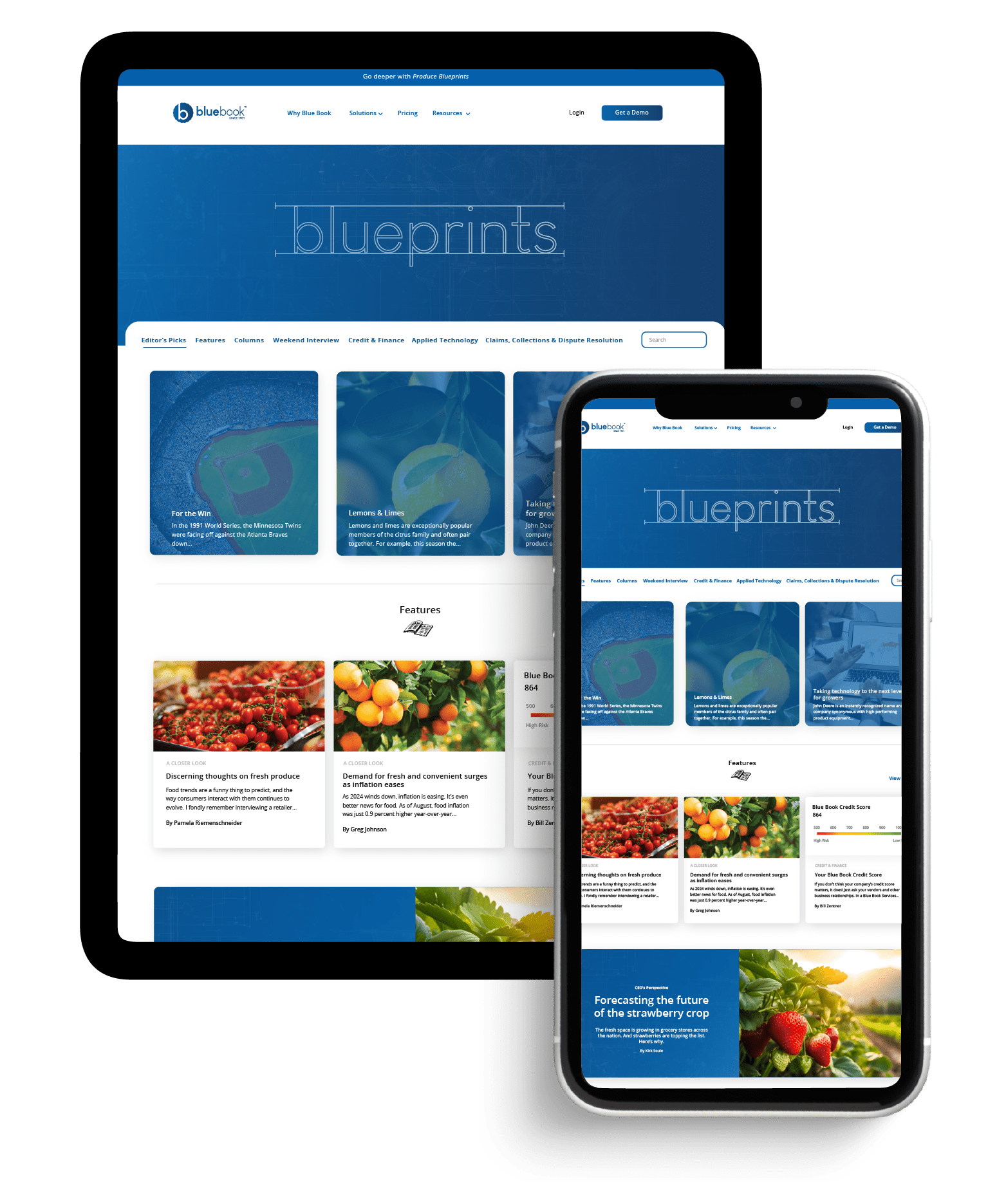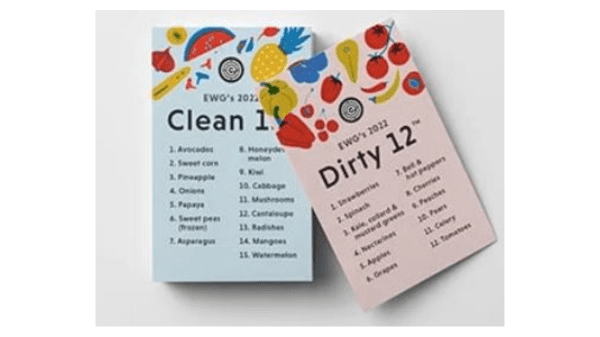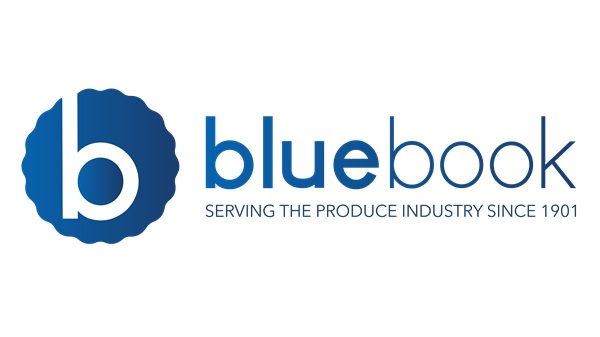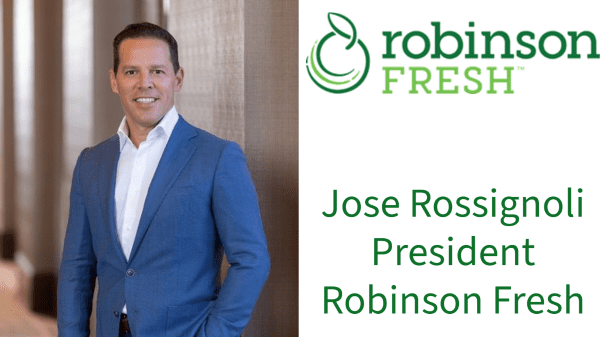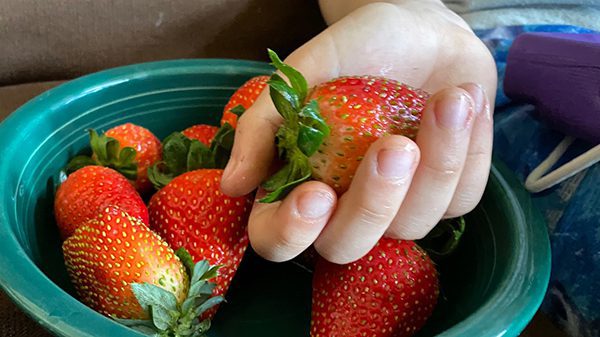
I could tell we were coming up on the Dirty Dozen when I started to see more pre-release rebuttals in my inbox.
I thought surely this year with all of the turmoil in grocery and retail, the Environmental Working Group would delay it and consider the plight consumers are facing in stores right now.
But no, the annual list hit this morning as consumers are literally lined up outside their grocers, hoping food will be available.
Consumers don’t need this right now. Consumers need reassurance the food we’re eating is good for you and is safe to eat – as it has been proven time and time again. Every time this list comes out, the produce industry steps up with facts that refute its findings.
I’m sitting here with my 6-year-old who is at home from school, having just got off the phone with his kindergarten teacher. She called to check in on him and to tell him she misses him and hopes to see him soon. The coronavirus pandemic didn’t hit me emotionally until this moment.
We’re about to eat some strawberries. And we will probably eat a whole 2-pound clamshell because I know, for a fact, that he could sit here and eat 180 servings of strawberries – even at the highest pesticide residue recorded by the USDA – with no effect. I just checked using the Pesticide Residue Calculator from the Alliance for Food and Farming at SafeFruitsandVeggies.com.
But most people only read the headlines, and they won’t get past the cutesy “Dirty Dozen” alliteration. They won’t dig deeper than this convenient list.
And maybe, with stores struggling to keep up demand, maybe they won’t find organic strawberries, or maybe they’re out of work and can’t afford organic spinach, so they’ll skip it, thinking they’re making the right choice for their family because conventional spinach is somehow a “bad” choice.
But don’t take my word for it. Here are some facts from the Alliance for Food and Farming:
- A peer reviewed study found that the “dirty dozen” list’s suggested substitution of organic forms of produce for conventional forms did not result in any decrease in risk because residues on conventional produce are so low, if present at all.
- Dr. Carl Winter, Professor Emeritus of Toxicology, University of California, Davis: “To accurately assess consumer risks from pesticides, one needs to consider three major factors 1) the amount of residue on the foods, 2) the amount of food consumed, and 3) the toxicity of the pesticides. The methodology used by the Environmental Working Group (authors of the “dirty dozen” list) ignores all three.”
- United States Department of Agriculture’s (USDA) Pesticide Data Program Report shows that 99% of residues found on fruits and vegetables, if present at all, are well below safety levels set by the Environmental Protection Agency (EPA).
Furthermore, this list has a negative impact on consumption of fresh produce, especially in low income shoppers:
- A study published in Nutrition Today found that when low income consumers heard inaccurate claims about “high” residues on produce and the “dirty dozen” list, they stated they were less likely to purchase any produce – organic or conventionally grown.
- In a recent survey among registered dietitians/nutritionists(RDNs), 94% agreed that fear based messaging regarding residues has a negative impact on consumers because it causes misplaced concern about whether conventionally-grown fruits and vegetables are safe to eat.
- When shown infographics and other content carrying inaccurate messaging about residues and produce safety from the “dirty dozen” list authors, the RDN survey found an overwhelming 95% agreed that this type of communication discourages produce consumption.
Right now, reassurance is what consumers need and I’m here to reassure you that washing your fresh produce is all you need to do before enjoying it. Ditch the dozen, and eat more fruits and vegetables.


